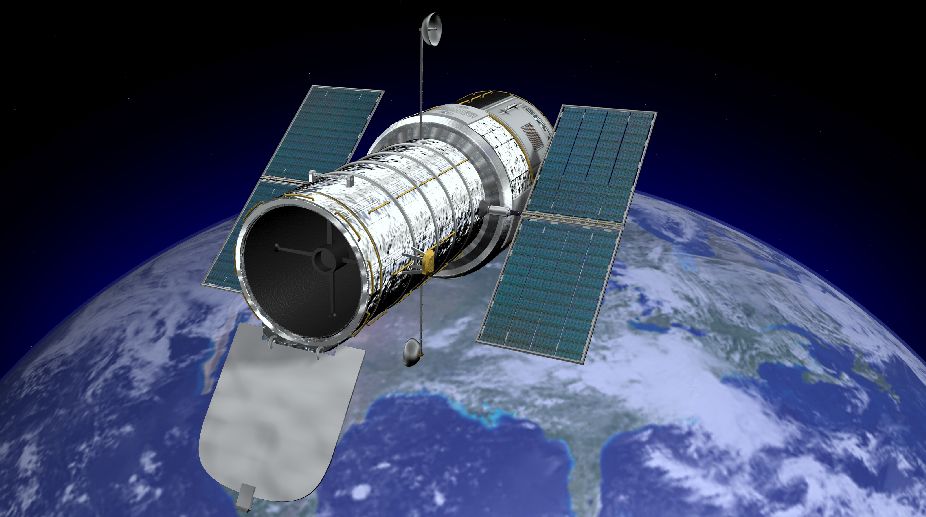NASA's Hubble Space Telescope has discovered exocomets — comets outside our solar system — plunging onto a young star that resides 95 light-years from Earth.
This star, called HD 172555, represents the third extrasolar system where astronomers have detected doomed, wayward comets. All of the systems are young, under 40 million years old, NASA said in a statement on Saturday.
Advertisement
The exocomets were not directly seen around the star, but their presence was inferred by detecting gas that is likely the vaporised remnants of their icy nuclei.
Astronomers have found similar plunges in our own solar system. Sun-grazing comets routinely fall into our sun.
"Seeing these sun-grazing comets in our solar system and in three extrasolar systems means that this activity may be common in young star systems," said study leader Carol Grady from NASA's Goddard Spaceflight Center in Greenbelt, Maryland.
The presence of these doomed comets provides circumstantial evidence for "gravitational stirring" by an unseen Jupiter-size planet, where comets deflected by its gravity are catapulted into the star, the scientists said.
These events also provide new insights into the past and present activity of comets in our solar system.
"This activity at its peak represents a star's active teenage years. Watching these events gives us insight into what probably went on in the early days of our solar system, when comets were pelting the inner solar system bodies, including Earth," Grady said.
The scientists even believe that infalling comets could have transported water to Earth and the other inner planets of our solar system.
"In fact, these star-grazing comets may make life possible, because they carry water and other life-forming elements, such as carbon, to terrestrial planets," Grady noted.
The findings were presented at the winter meeting of the American Astronomical Society in Grapevine, Texas.











